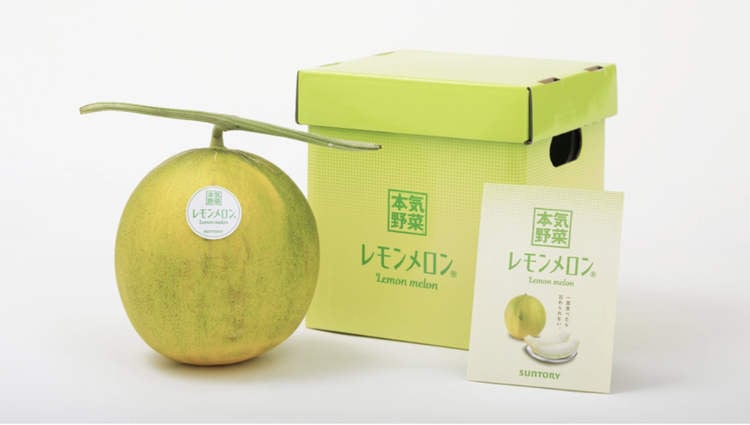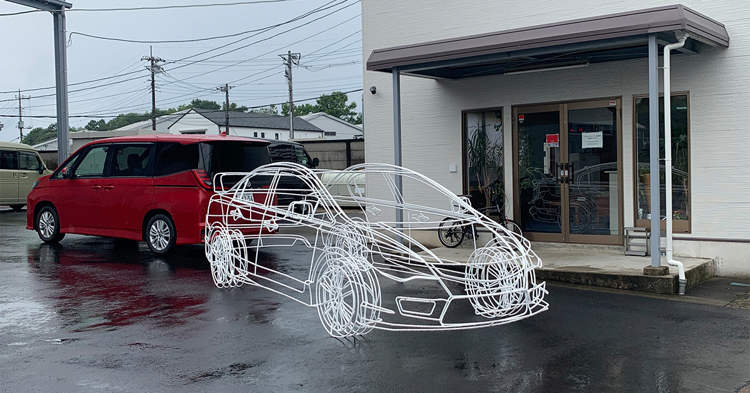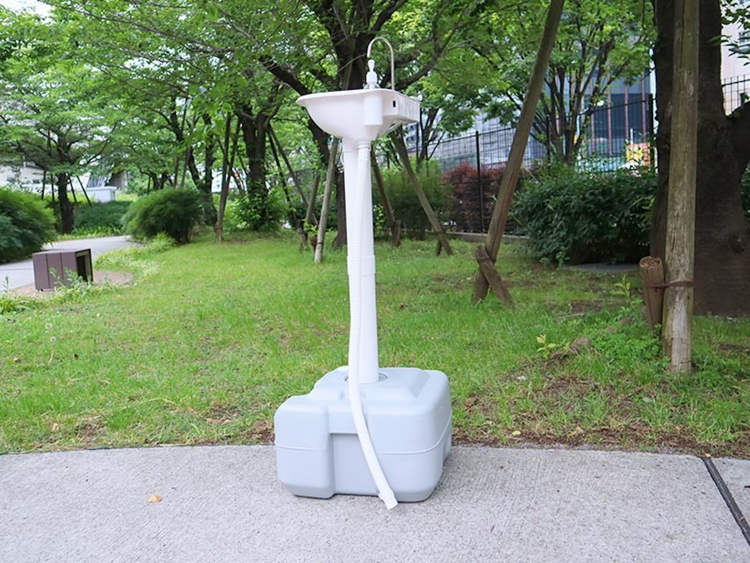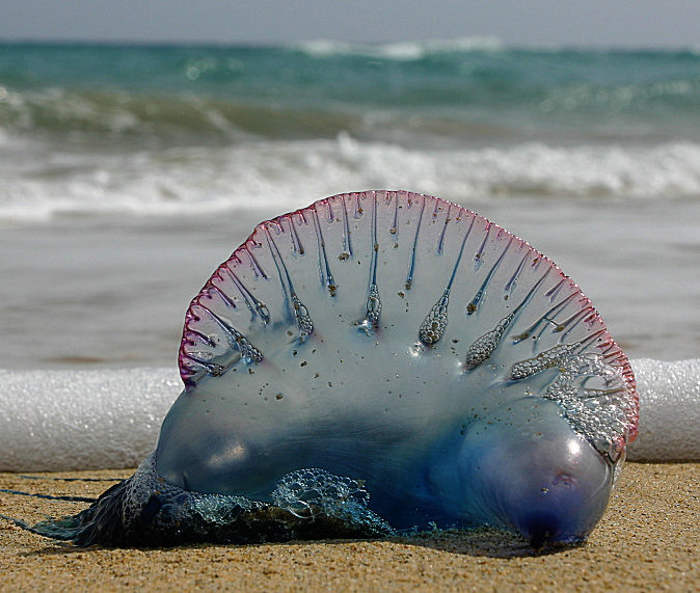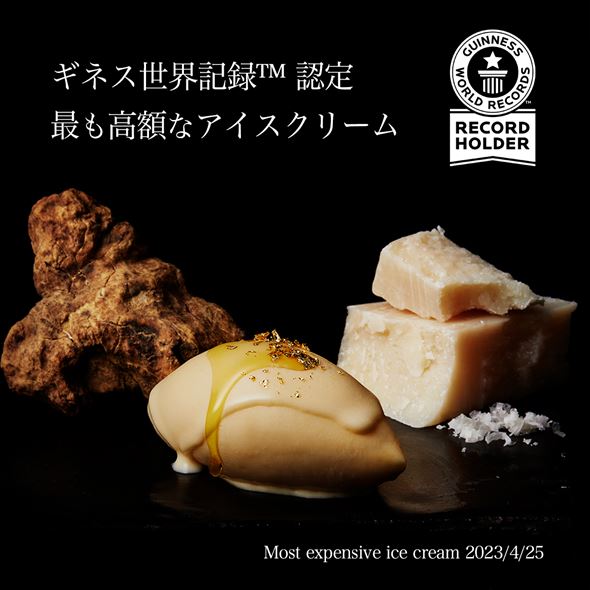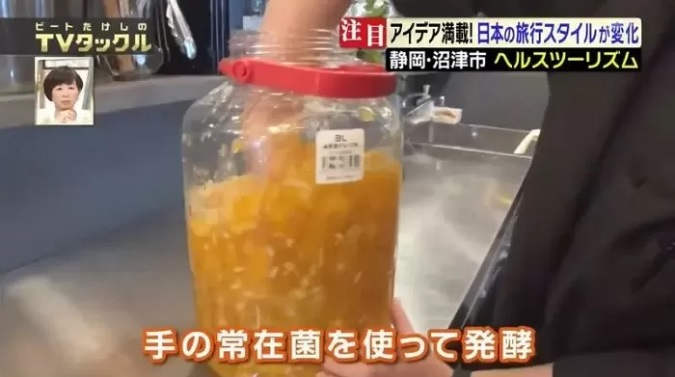The Lemon Melon is a newly-developed type of melon that apparently combines the sweetness and aroma of the melon with a slight sourness reminiscent of a lemon.
Japanese horticulture company Suntory Flowers reportedly spent five years developing the lemon melon, breeding it from a type of melon originally imported from overseas. The process involved a lot of trial and error and took about five years. During the development period, horticulturists experimented extensively with a number of factors, including cultivation methods and harvest times. The final product, which is apparently blended with actual lemons, is juicy and sweet like a melon but slightly sour like a lemon, making the perfect fruit to enjoy on a hot summer day.

